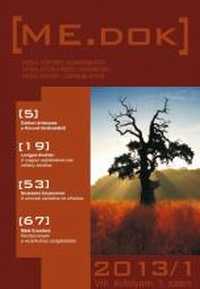A „tartalmában szocialista és formájában nemzeti” stílus kényszere a kelet-európai művészetben. A szocreál születése és elhalása
The pressure of the “socialist in content, national in form” style in the East European art. The birth and death of the socialist realism.
Author(s): Zsuzsanna SzuszámiSubject(s): Media studies, Sociology of Art
Published by: Medea Egyesület
Keywords: socialist realism;critical realism; fine arts of Transylvania; clean-up; Barabás Miklós Union;
Summary/Abstract: “Socialist in content, national in form” – this is how Stalin described the ideology that was to replace all others in the 1930s. Countries of the Eastern Bloc dutifully conformed to the new ideology, and the artists closer to realism found it easier to carry out this task. Those who refused to do so were blacklisted. The Hungarian fine arts of Transylvania offered a unique picture during the post-1965 period of cultural relaxation. Ironically, certain artists had a hard time getting rid of the lasting effects of indoctrination. The path to finding new meaning was long and difficult for all of them.
Journal: ME.DOK Média-Történet-Kommunikáció
- Issue Year: VIII/2013
- Issue No: 1
- Page Range: 53-66
- Page Count: 14
- Language: Hungarian

